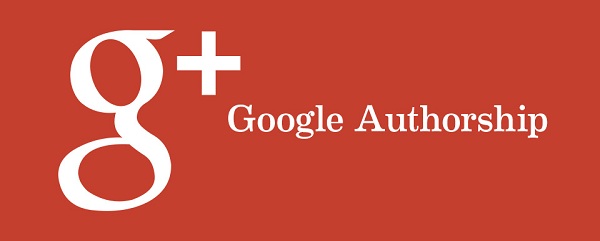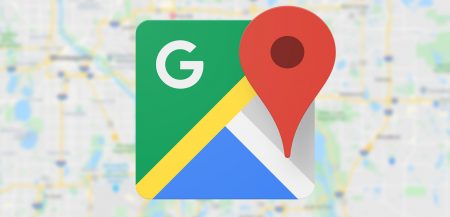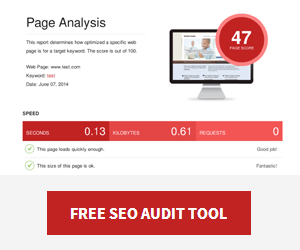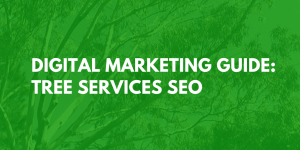UPDATE: After three years Google has completely dropped all authorship functionality. You can read about the rise & fall of Google Authorship on Search Engine Land.
The web has traditionally been an anonymous place, but understanding who is the original author of a particular piece of content is vital. This minimises the potential for spammers and scrapers to steal content, and possibly outrank the same content on the original authors website.
Identifying the author also means they could build trust and reputation as an authority in a particular niche.
What is Google Authorship?
Google Authorship literally links your Google+ profile to the content that you create. This develops trust as an author with Google and, as a result, improves your ranking in some search results.
Google’s Matt Cutts confirmed on stage at Search Marketing Expo that Google uses a form of “Author Rank” in their search engine algorithm. This means that an author can build rank and trust, impacting the search engine ranking of their content. In the tweet below, Matt comments that this data is used with long-form content.
@marktraphagen to be fair, it does come into play in some ways. For example, in-depth articles use that data, I'm pretty sure.
— Matt Cutts (@mattcutts) March 12, 2014
Until very recently Google would display your Google+ profile picture and circle count in the search results, but don’t sulk about loosing your authorship profile image! Authorship is still very important.
How do you setup Google Authorship?
- Of course, the first step is to set up a Google+ profile – not a business page, but a personal profile. Make sure that you have a profile photo with a recognisable headshot, and ensure that “help others discover my profile in search results” is ticked in the about section of your profile.
- Where your content is published link to your Google plus profile with a byline containing your name that matches the name on your Google+ profile. The link should be in the format below with “?rel=author” on the end of the profile url.<a href=”[profile_url]?rel=author”>Your Name</a>
- Next head to the “Contributor To” section of your Google+ account, and “add custom links” to let sites know that you have linked the content through to your Google+ account.
- Lastly use this link to sign up for Google Authorship by verifying that you have an email address on the same domain as your content and you are done.
The process is simple and could generate significant traffic for your website. In fact there are Wordress Author bio plugins that take care of this for you.
But what if you have written content as a guest contributor to another site?
Is it still possible to attach your Google authorship to these posts? Absolutely. The process is also relatively straightforward. You just need to give them your profile url or the completed authorship code snippet to publish with your post.
Although your headshot will no longer appear in Google search results, your authority will build in Google’s search algorithm. If Google can identify you as an authority in your niche, it gives your content a natural advantage. Essential SEO for bloggers, authorship is here now, and part of the future of search!


















No Comment
You can post first response comment.